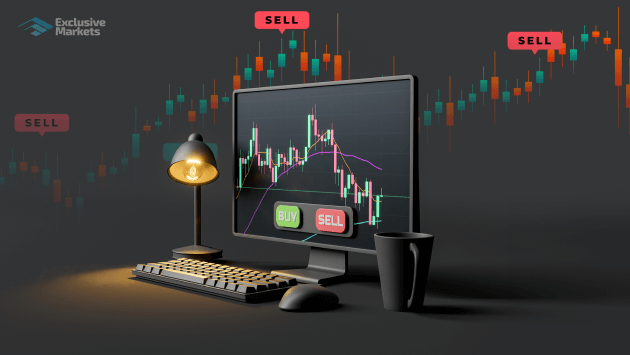
In the vast and dynamic world of finance, forex trading site kuwait-tradingplatform.com stands out as a valuable source for anyone looking to delve into the intriguing realm of forex trading. Forex, or foreign exchange trading, is one of the largest financial markets globally, where currencies are bought and sold. This article aims to equip you with essential knowledge about forex trading, from basic concepts to strategies and tools that can enhance your trading experience.
Understanding Forex Trading
Forex trading involves the exchange of one currency for another, aiming to profit from fluctuations in exchange rates. It operates 24 hours a day, five days a week, and encompasses several key participants, including banks, financial institutions, corporations, and individual traders. The most popular currency pairs traded on the forex market include the EUR/USD, USD/JPY, and GBP/USD, with traders speculating on how these currencies will perform against each other.
The Importance of aReliable Trading Platform
To start trading in the forex market, selecting a reliable trading platform is crucial. This platform serves as your gateway to the market, providing the tools and resources needed to execute trades. When choosing a platform, consider aspects such as user interface, security measures, fees, and customer support. Platforms like kuwait-tradingplatform.com offer a user-friendly experience, comprehensive charting tools, and real-time data, which are essential for traders of all levels.
Forex Trading Strategies
Implementing a sound trading strategy is fundamental to achieving success in forex trading. Here are some popular strategies that traders use to maximize their profits:
1. Scalping
Scalping involves executing numerous trades over short periods to profit from small price movements. This strategy requires quick decision-making and a solid understanding of the market.
2. Day Trading
Day trading focuses on opening and closing trades within a single trading day. Day traders aim to capitalize on intraday price movements, often relying on technical analysis to make their decisions.
3. Swing Trading
Swing trading is a medium-term strategy where traders hold positions for several days or weeks, aiming to benefit from larger price swings. This strategy allows for more extensive analysis compared to scalping and day trading.

4. Position Trading
Position trading is a long-term strategy that involves holding positions for months or even years. Traders using this approach rely on fundamental analysis and major economic trends to guide their decisions.
Technical Analysis in Forex Trading
Understanding technical analysis is fundamental for forex traders as it helps them make informed decisions based on historical price patterns. Key concepts in technical analysis include:
1. Charts
Charts are the visual representation of currency price movements over time. Common types of charts include line charts, bar charts, and candlestick charts, each providing different insights into market trends.
2. Indicators
Technical indicators, such as Moving Averages, Relative Strength Index (RSI), and Bollinger Bands, are mathematical calculations that help traders identify market trends and potential entry and exit points.
3. Support and Resistance Levels
Support and resistance levels indicate where the price of a currency pair has historically had a hard time rising above or falling below. These levels provide valuable insights for setting stop-loss and take-profit orders.
Fundamental Analysis in Forex Trading
While technical analysis focuses on price movements, fundamental analysis examines economic, political, and social factors that can influence currency values. Economic indicators, such as GDP growth rates, inflation, employment data, and interest rates, are crucial for understanding market dynamics.

Risk Management in Forex Trading
Implementing effective risk management strategies is vital in forex trading to protect your capital. Some common practices include:
1. Setting Stop-Loss Orders
A stop-loss order automatically closes your position when a currency pair reaches a predetermined price level, helping limit potential losses.
2. Position Sizing
Determining how much of your capital to risk on a single trade is essential. A common rule is to risk no more than 1-2% of your trading account on any given trade.
3. Diversification
Diversifying your trading portfolio by investing in different currency pairs can help spread risk and potentially increase your chances of profit.
Choosing the Right Broker
Your choice of broker can significantly impact your trading success. When selecting a forex broker, consider factors such as regulation, trading fees, available tools and resources, and customer support. Reputable brokers offer demo accounts, allowing you to practice trading without risking real money.
Learning and Continuous Improvement
The forex market is constantly evolving, making it essential for traders to stay informed and improve their skills continuously. Consider joining trading communities, attending webinars, and reading books on forex trading to enhance your understanding and stay up-to-date with industry trends.
Conclusion
Forex trading can be a rewarding endeavor, but it requires dedication, research, and a solid understanding of both technical and fundamental analysis. By choosing a reliable trading platform like kuwait-tradingplatform.com, implementing sound trading strategies, and prioritizing risk management, you can navigate the forex market more effectively. Whether you are a beginner or an experienced trader, continuous learning and adaptation are key to long-term success in forex trading.
